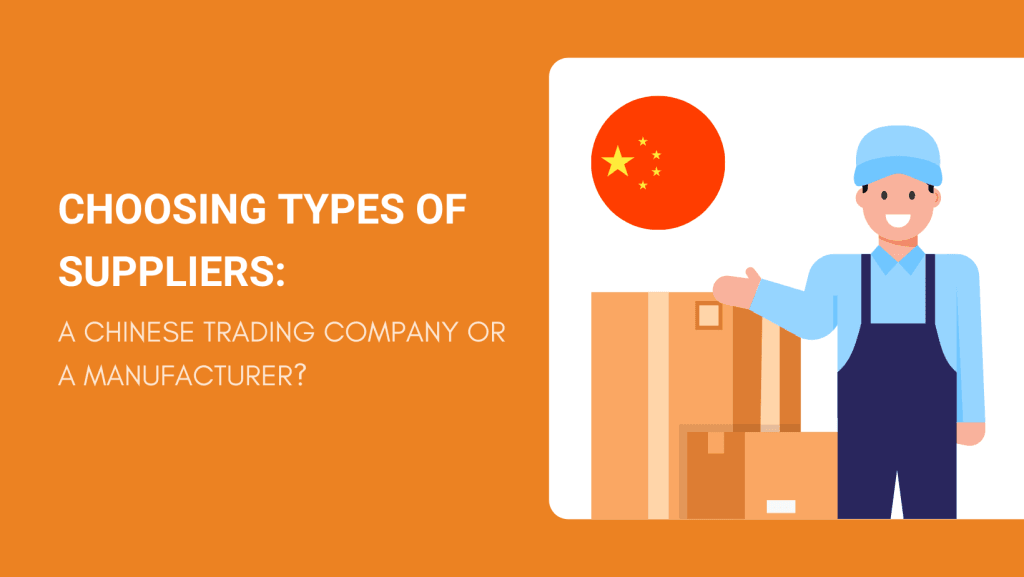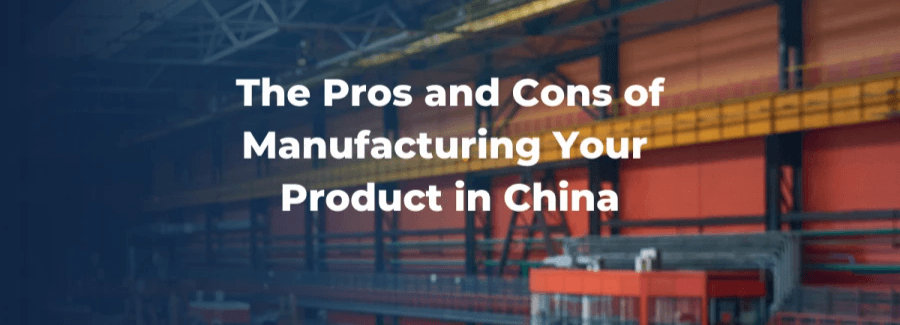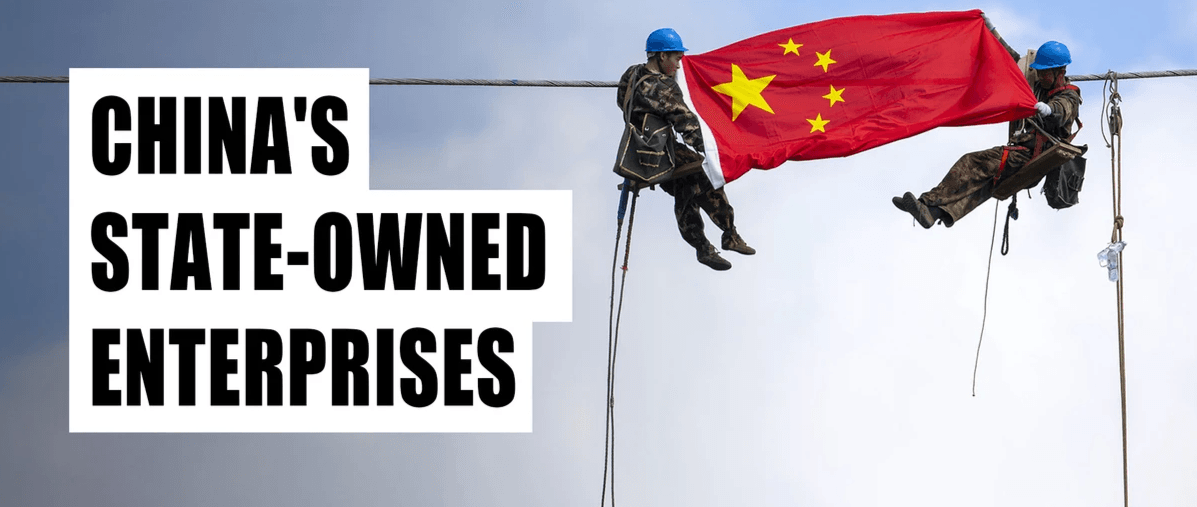Introduction: The High-Stakes Game of Chinese Manufacturing Sourcing (Or How to Get Gray Hair Before You're 40)
Imagine losing thousands of dollars, watching your business dreams crumble, and having to explain to your spouse why that second mortgage might have been a bad idea—all because you chose the wrong manufacturer in China. Every year, importers face a treacherous landscape of suppliers, where one wrong step can mean financial disaster and awkward conversations with your investors. But what if you had a map to navigate this complex terrain that makes a hedge maze look straightforward?

The Importer's Dilemma: Understanding China's Manufacturing Ecosystem (It's Complicated)
In 2024, sourcing from China remains a critical strategy for businesses worldwide, right up there with "having a website" and "trying not to go bankrupt." However, the manufacturing landscape is more nuanced than your coffee order at that hipster café. This guide reveals the five supplier types that can make or break your importing success—and possibly your ability to sleep through the night.
1. Small Chinese Run Businesses (SCR): The Budget-Friendly Gamble (Vegas Has Better Odds)
Pros:
- Lowest pricing in the market (suspiciously low, like "did they forget a zero?" low)
- Ideal for price-sensitive online sellers (or as they're also known, "everyone on Amazon")
- Potential for competitive product lines (if by "competitive" you mean "may or may not resemble what you ordered")
Cons:
- Inconsistent quality control (Monday's products might be great; Tuesday's might be suitable for modern art exhibitions)
- High risk of unexpected changes (surprise! Your blue product is now orange because "blue material too expensive today")
- Requires intensive management (like having a part-time job where you just send WeChat messages saying "No, that's not what I ordered" in different ways)
Pro Tip: These suppliers are perfect for entrepreneurs selling on platforms like Amazon or eBay, where price competition is fierce and customer expectations are higher than tech salaries in San Francisco. They're the manufacturing equivalent of a roller coaster: thrilling, occasionally terrifying, and you might get sick, but the price of admission is low.

2. Large Chinese Run Businesses (LCR): Scaling with Stability (Like Your Reliable But Not Exciting Friend)
Key Characteristics:
- Evolved from small factories (they've made all the mistakes already, just not with your products)
- Strong production systems (they have actual processes, not just "Wang knows how to make it")
- English-speaking staff (ranging from "Harvard graduate" to "learned from watching American action movies")
- Established international connections (they've disappointed customers on at least three continents, which counts as experience)
Real-World Example: Companies like Midea demonstrate how LCR businesses can transform from small operations to global manufacturing powerhouses. They're like the high school nerd who got buff, rich, and now owns a yacht, while somehow remaining humble enough to return your emails occasionally.

3. Wholly Owned Foreign Enterprises (WOFE): Quality at a Premium (For When Money Is No Object, But Quality Is)
Unique Features:
- Highest quality control (they actually reject products that would make other factories say "eh, good enough")
- Direct foreign management (someone who understands that deadlines aren't just friendly suggestions)
- Protect intellectual property (your designs won't be on Alibaba before your own products reach your warehouse)
- Similar pricing to home country manufacturing (making you question why you're not just manufacturing at home, until you remember taxes)
Caution: Often exclusively produce for parent companies, limiting accessibility. They're like that exclusive club with a velvet rope where the bouncer pretends not to see you unless you're with someone famous. If you can get in, it's amazing, but don't count on it.
4. Foreign Direct Invested Enterprises (FDI): The Sweet Spot (The Manufacturing Equivalent of Finding a Parking Spot Right in Front of Your Destination)
Advantages:
- Medium pricing (not cheap enough to make you suspicious, not expensive enough to require a second mortgage)
- High-quality production (things actually work as intended, which shouldn't be remarkable but somehow is)
- Western-aligned management standards (they understand concepts like "deadlines" and "specifications are not suggestions")
- Particularly strong in Taiwan and Hong Kong investments (decades of experience dealing with both Western expectations and Chinese manufacturing realities)
Success Story: A Taiwanese-managed factory in Shanghai producing exceptional office furniture with minimal defects. Their secret? Management that can seamlessly switch between explaining NBA statistics to American clients and bargaining over material prices with local suppliers in dialect.

5. State Owned Enterprises (SOE): The Government-Controlled Wild Card (Like Doing Business with the DMV, If the DMV Made Things)
Characteristics:
- Unpredictable pricing (based on complex calculations involving the lunar calendar, government five-year plans, and someone's mood that day)
- Variable quality (ranging from "surprisingly excellent" to "how is this even the same product?")
- Primarily in strategic sectors (things that go boom, make electricity, or might be useful in case of zombie apocalypse)
- Limited market incentives (because profit is just one motivation, somewhere below "following directives from people in important-looking suits")
Best For: Large industrial equipment where no private alternatives exist. They're like that one restaurant in town with terrible service but amazing food that you can't get anywhere else—you'll put up with a lot because you have no choice.

Critical Takeaways for Successful Sourcing in 2024 (Or How to Avoid Starring in Your Own Import Horror Story)
- Invest time in supplier research (up to one month, or approximately 720 hours of staring at your computer screen while questioning your life choices)
- Conduct thorough background checks (deeper than you did on your spouse before marriage)
- Understand each supplier type's strengths and weaknesses (they all have them, like your relatives at Thanksgiving)
- Align supplier type with your specific product and volume needs (like dating, it's about compatibility, not just whoever answers your messages fastest)
The Bottom Line
Navigating Chinese manufacturing isn't just about finding the cheapest option—it's about finding the RIGHT partner for your business goals. It's like marriage: choose wisely, communicate clearly, and always have a prenup (or in this case, a bulletproof contract).
Ready to Master Chinese Sourcing? (Or Just Ready to Stop Making Expensive Mistakes?)
Don't let complexity paralyze your business. Whether you're a startup or an established importer, understanding these supplier types is your first step to successful international sourcing. The second step is developing a high tolerance for caffeine and time zone confusion.
Need Expert Guidance? Contact Our ChinafulLink Team, because sometimes admitting you need help is the smartest business decision you'll make all year.